Sáng 18-7-2024, Trường Đại học Kinh tế - Kỹ thuật Bình Dương (BETU) tổ chức thành công hội thảo Nghiên cứu khoa học (NCKH) sinh viên liên khoa Kỹ thuật – Công nghệ và khoa Y – Dược năm 2024. Tham dự có TS. Nguyễn Thị Thu Hà, Hiệu trưởng Nhà trường; PGS.TS. Nguyễn Quốc Ý, Phó Hiệu trưởng; cùng sự tham dự của đại điện lãnh đạo, giảng viên và sinh viên của các khoa của Nhà trường.
Hội thảo được tổ chức nhằm tạo cơ hội cho sinh viên có cơ hội trao đổi, thảo luận và chia sẻ các kết quả nghiên cứu, từ đó khơi nguồn đam mê nghiên cứu khoa học.
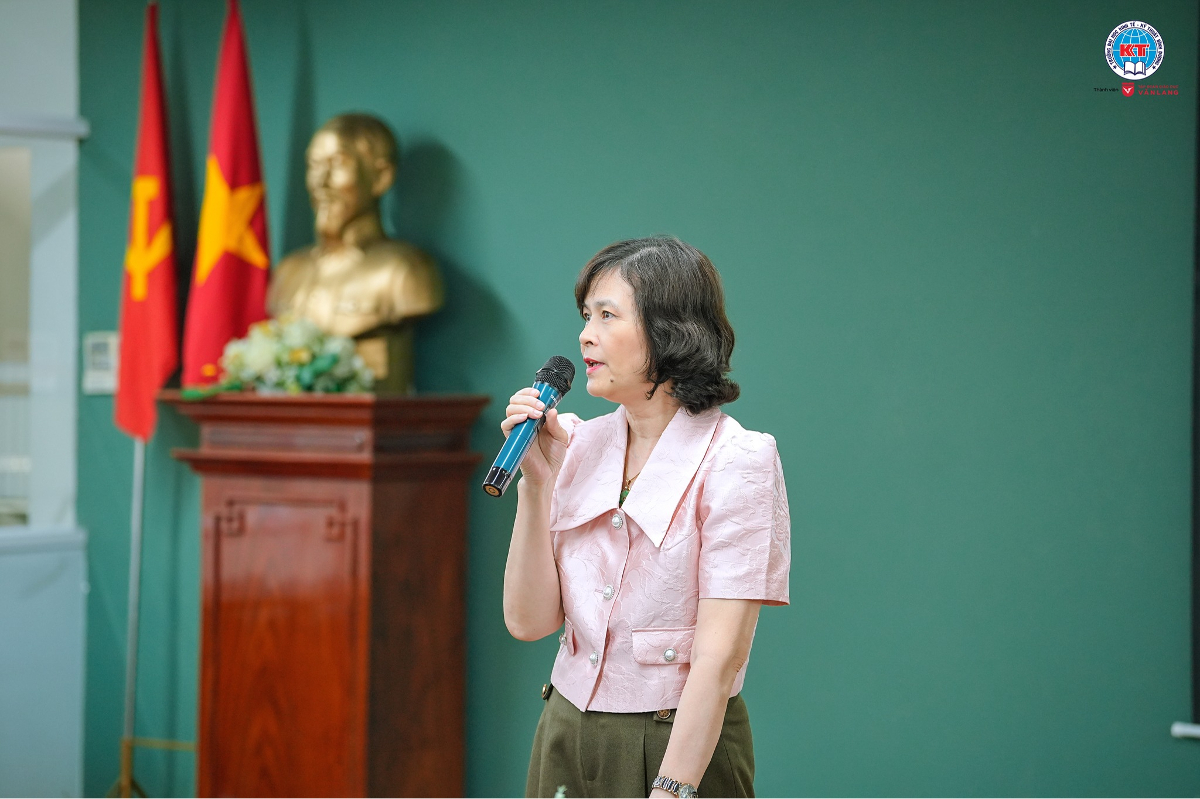
TS. Nguyễn Thị Thu Hà, Hiệu trưởng BETU phát biểu khai mạc hội thảo NCKH sinh viên sáng 18-7-2024
Phát biểu khai mạc, TS. Nguyễn Thị Thu Hà, Hiệu trưởng Nhà trường ghi nhận và biểu dương sự cố gắng, nỗ lực của các Khoa chuyên môn tham gia, sự hỗ trợ nhiệt tình của cán bộ giảng viên và khen ngợi các sinh viên đã tích cực phấn đấu trong nghiên cứu khoa học. Đồng thời, Hiệu trưởng nhấn mạnh tầm quan trọng của việc nghiên cứu khoa học trong quá trình học tập và phát triển của sinh viên, khuyến khích các em tiếp tục phát huy tinh thần sáng tạo, chủ động tìm tòi và khám phá tri thức mới.
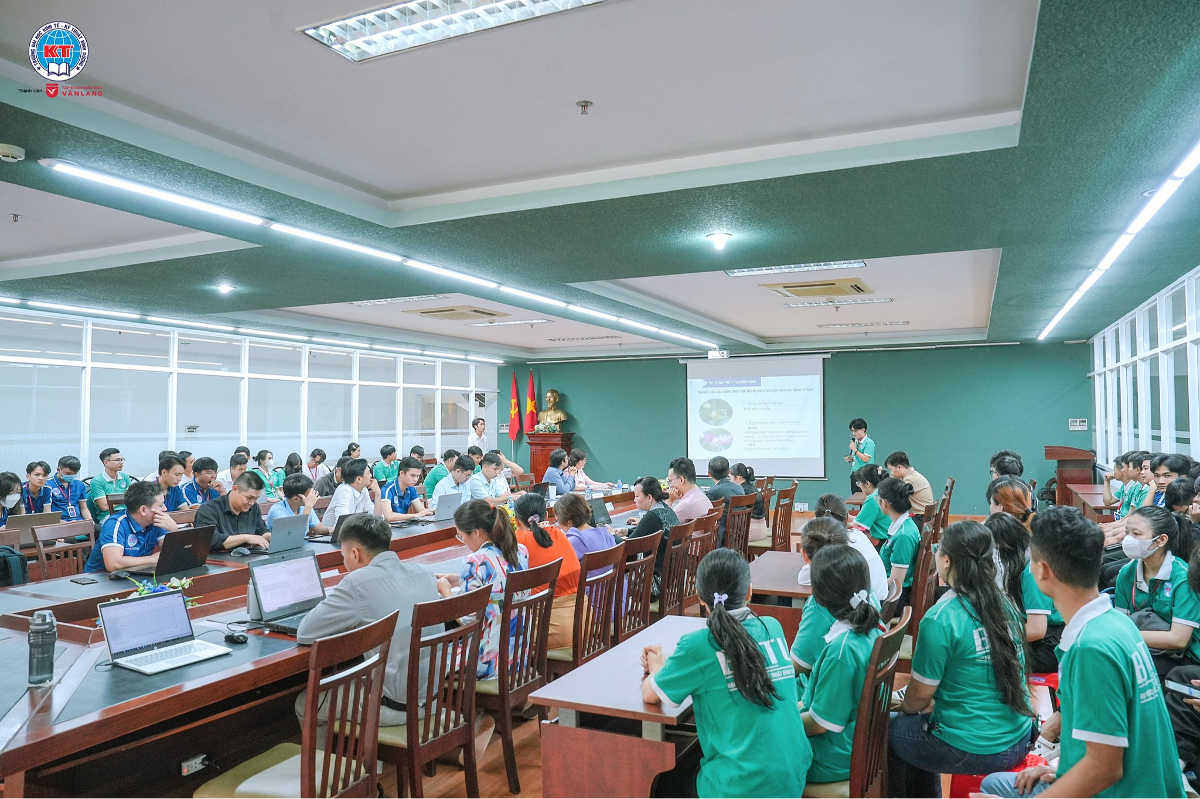
Toàn cảnh hội thảo NCKH sinh viên liên khoa Kỹ thuật - Công nghệ và Y Dược
Theo Ban tổ chức, hội thảo NCKH liên khoa lần này quy tụ 12 đề tài với sự tham gia của 43 sinh viên đến từ khoa Kỹ thuật – Công nghệ và khoa Y – Dược. Các đề tài nghiên cứu được đánh giá là có hàm lượng kiến thức, phương pháp tư duy nghiên cứu hiện đại và thực tiễn.
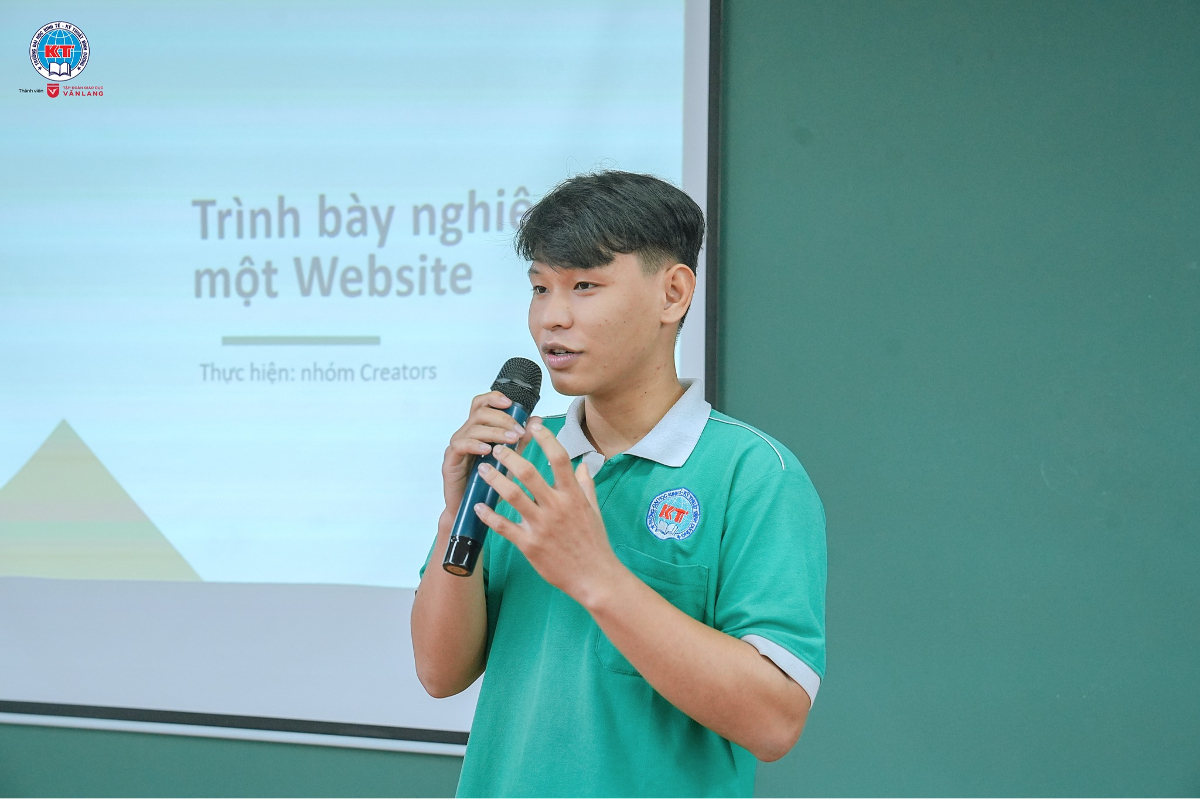
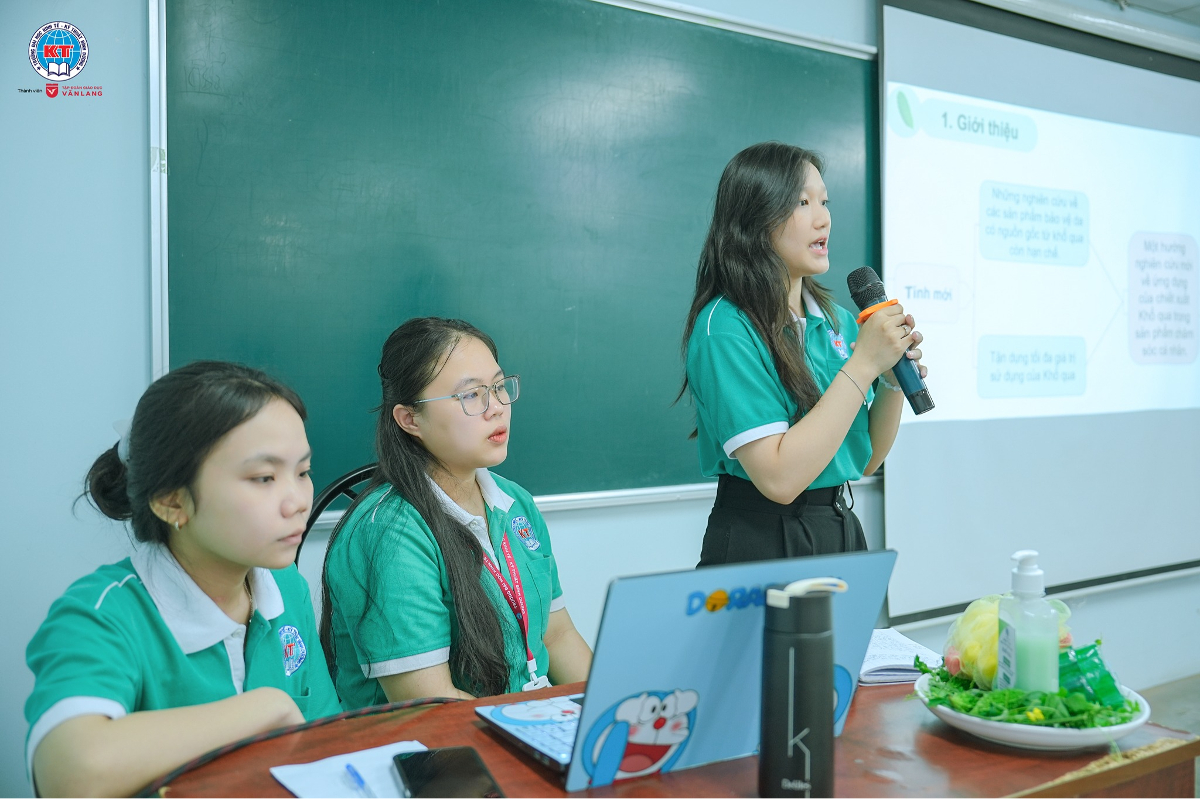
Sinh viên trình bày các đề tài nghiên cứu khoa học
Trong đó, có 7 đề tài được hội đồng đánh giá cao và trao giải xuất sắc từng phân ban. Đối với phân ban Kỹ thuật – Công nghệ có 4 đề tài được trao giải như Xây dựng ứng dụng diễn đàn công nghệ cho sinh viên BETU; Khảo sát và mô phỏng đặc tính khí động học dòng xe sedan bằng phần mềm mô phỏng solidworks; Lý thuyết đồ thị và bài toán đường ngắn nhất; Mô hình nhà thông minh điều khiển bằng giọng nói và xử lý hình ảnh.
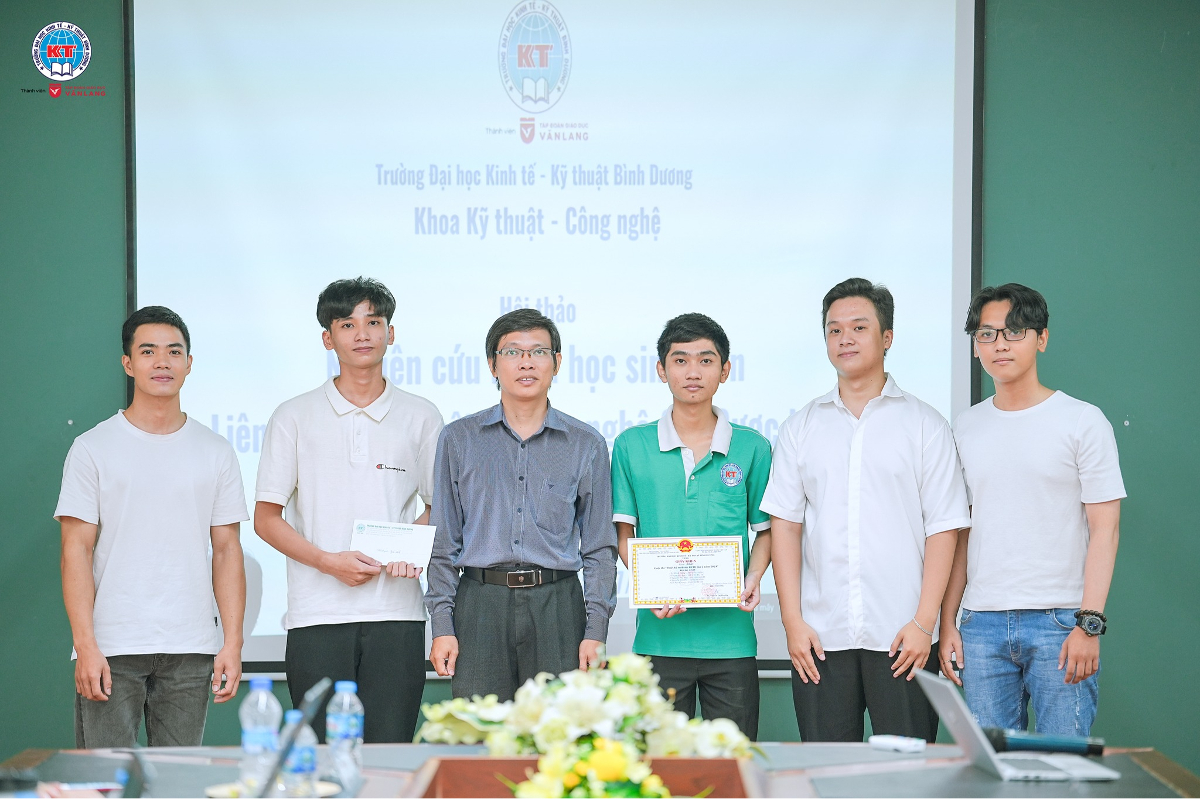
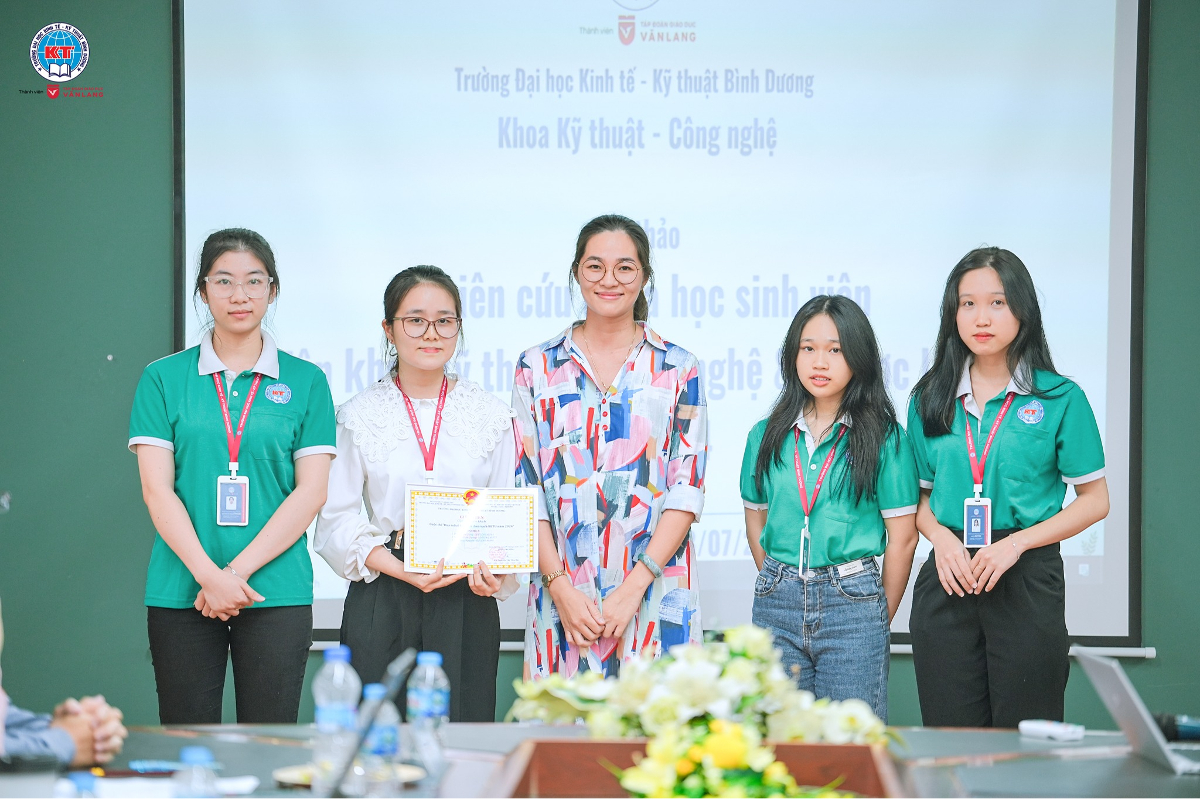
Các đề tài xuất sắc được trao giải
Phân ban Y – Dược có 3 đề tài xuất sắc gồm: Nghiên cứu đặc điểm thực vật, thành phần hóa học của cây nhàu (morinda citrifolia l.) và bào chế cao đặc từ nhàu; Nghiên cứu điều chế sữa tắm thiên nhiên chiết xuất khổ qua kháng khuẩn; Nghiên cứu bào chế kem đuổi muỗi từ tinh dầu hương thảo.
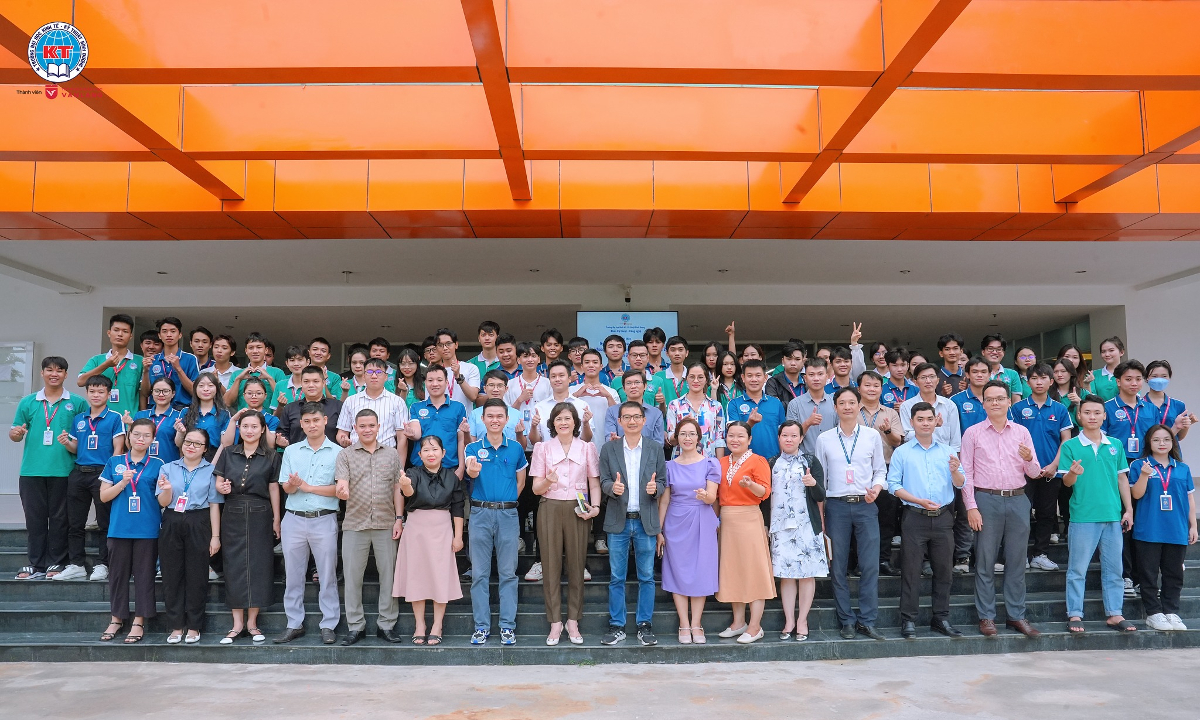
Trong thời gian tới, Nhà trường sẽ tiếp tục tạo điều kiện để sinh viên BETU có thể phát huy tối đa khả năng nghiên cứu khoa học, nâng cao trình độ chuyên môn và kỹ năng thực hành, đóng góp tích cực vào sự phát triển của cộng đồng sinh viên BETU, qua đó khẳng định vị thế và thương hiệu của Nhà trường.
M.Mẫn – T.Tuấn